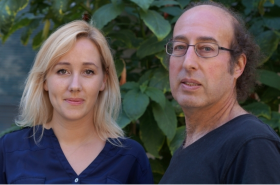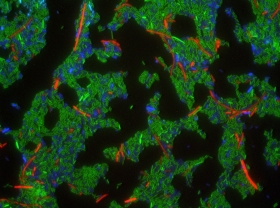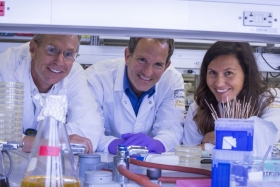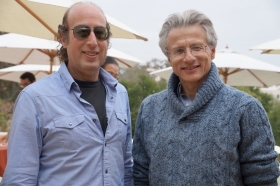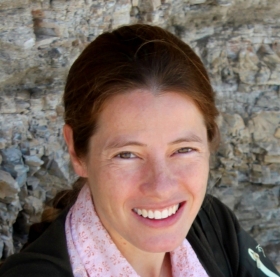Two years ago, the federal government launched the BRAIN (Brain Research through Advancing Innovative Neurotechnologies) Initiative, a large-scale partnership between public and private research institutions designed to catalyze discovery and innovation in neuroengineering. Rising to the challenge, UC Santa Barbara has established a campuswide program to foster such collaborative brain research.
